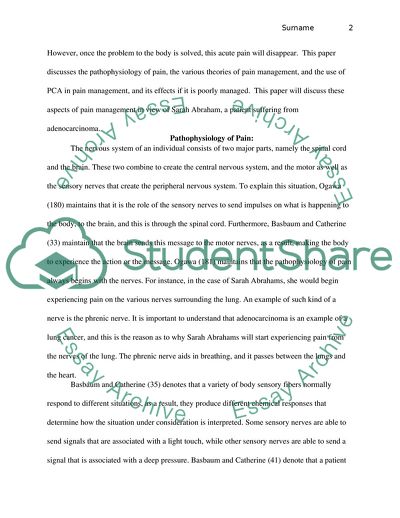Cite this document
(What Is Pain and What Is Acute Pain Coursework Example | Topics and Well Written Essays - 2000 words, n.d.)
What Is Pain and What Is Acute Pain Coursework Example | Topics and Well Written Essays - 2000 words. https://studentshare.org/health-sciences-medicine/1829672-what-is-pain-and-what-is-acute-pain
What Is Pain and What Is Acute Pain Coursework Example | Topics and Well Written Essays - 2000 words. https://studentshare.org/health-sciences-medicine/1829672-what-is-pain-and-what-is-acute-pain
(What Is Pain and What Is Acute Pain Coursework Example | Topics and Well Written Essays - 2000 Words)
What Is Pain and What Is Acute Pain Coursework Example | Topics and Well Written Essays - 2000 Words. https://studentshare.org/health-sciences-medicine/1829672-what-is-pain-and-what-is-acute-pain.
What Is Pain and What Is Acute Pain Coursework Example | Topics and Well Written Essays - 2000 Words. https://studentshare.org/health-sciences-medicine/1829672-what-is-pain-and-what-is-acute-pain.
“What Is Pain and What Is Acute Pain Coursework Example | Topics and Well Written Essays - 2000 Words”. https://studentshare.org/health-sciences-medicine/1829672-what-is-pain-and-what-is-acute-pain.


